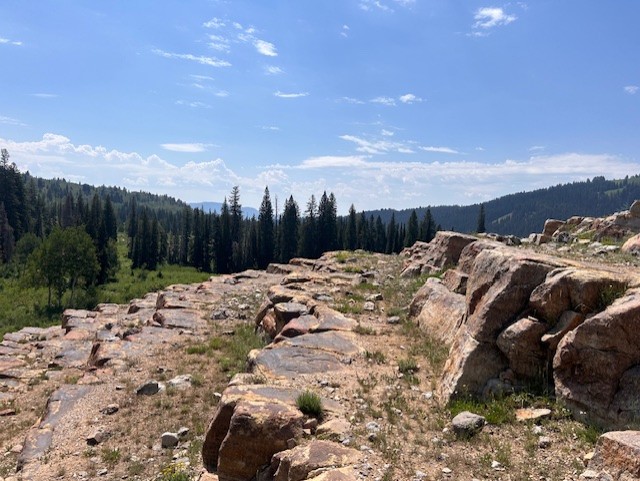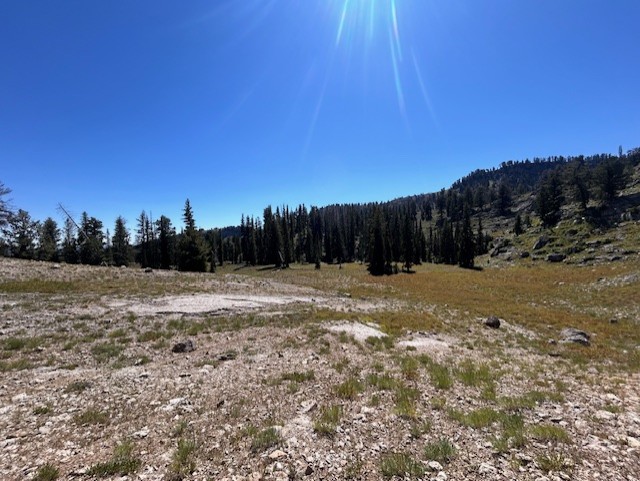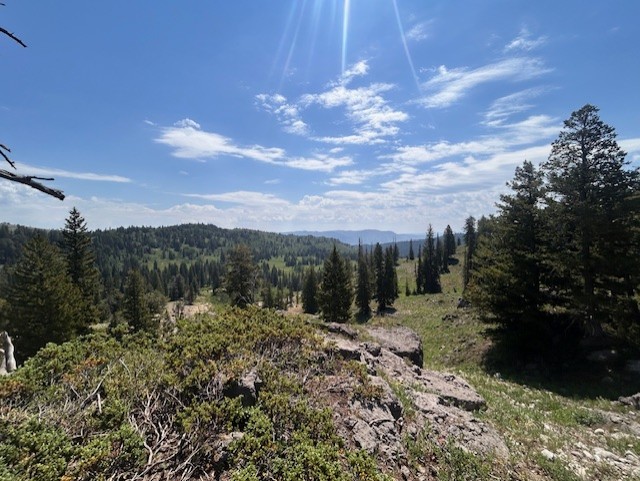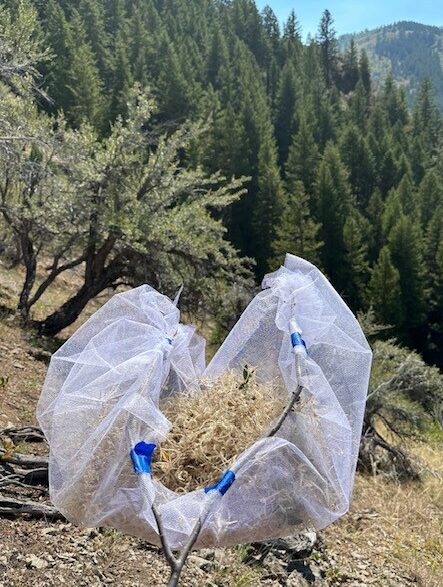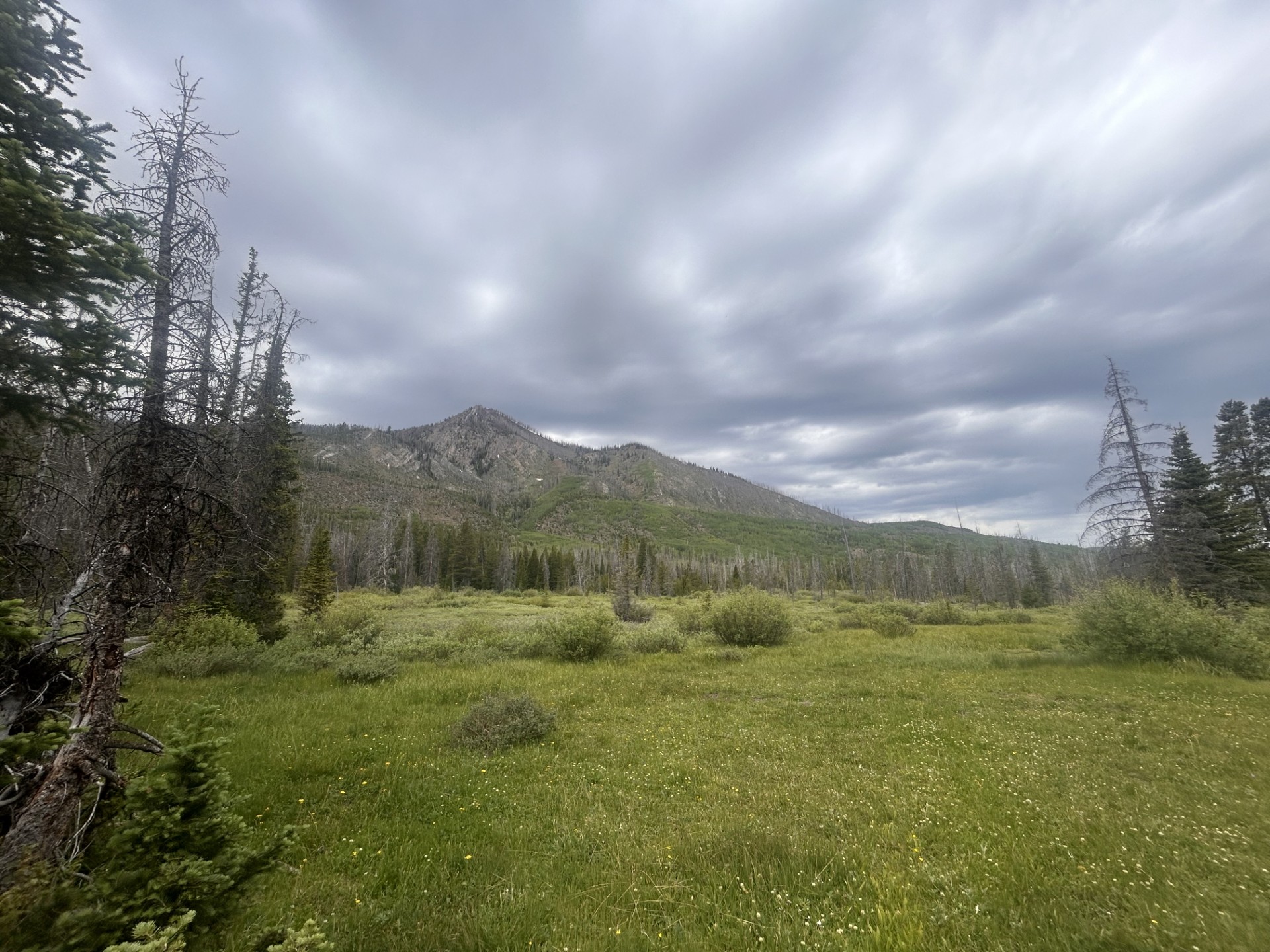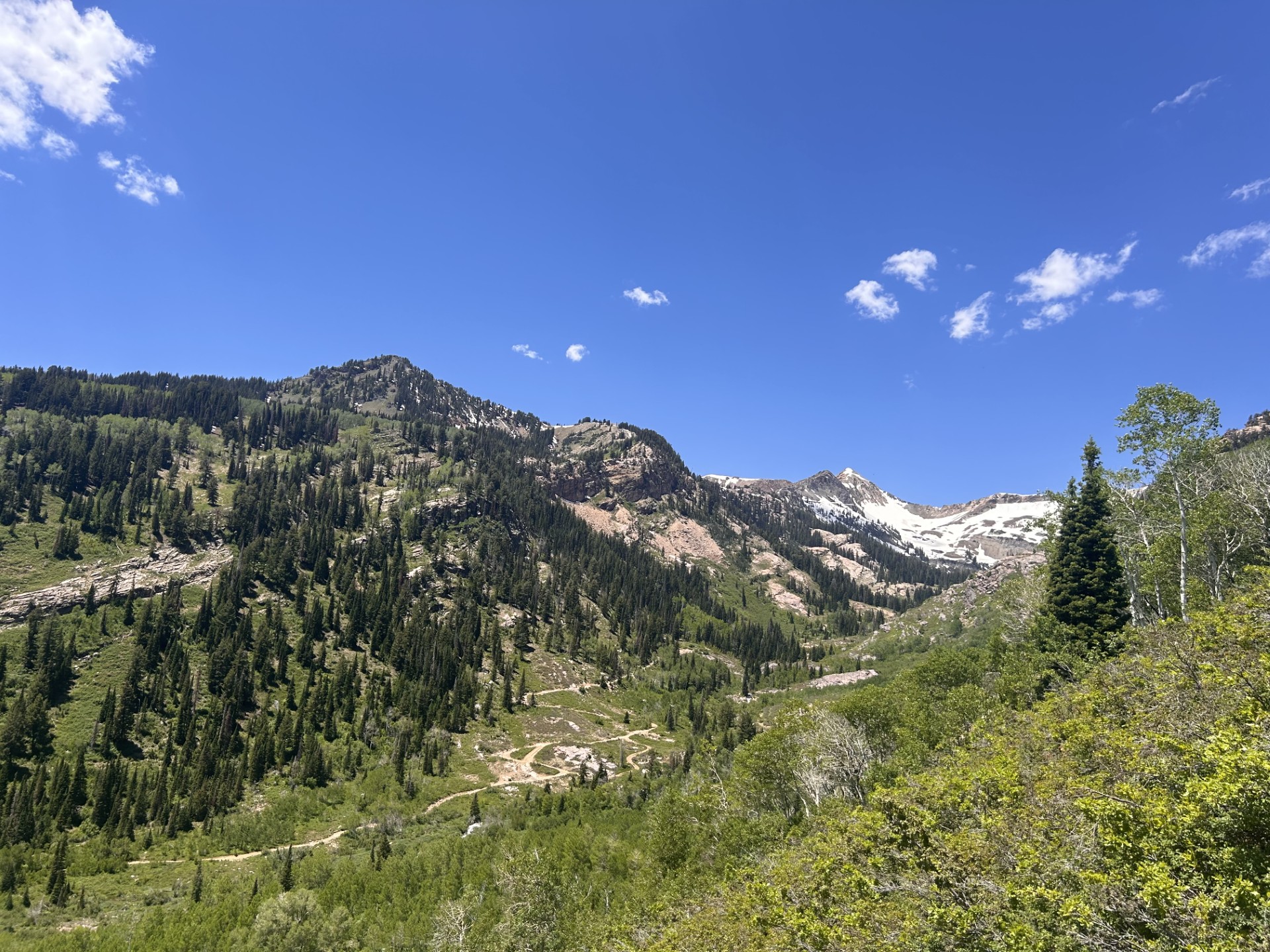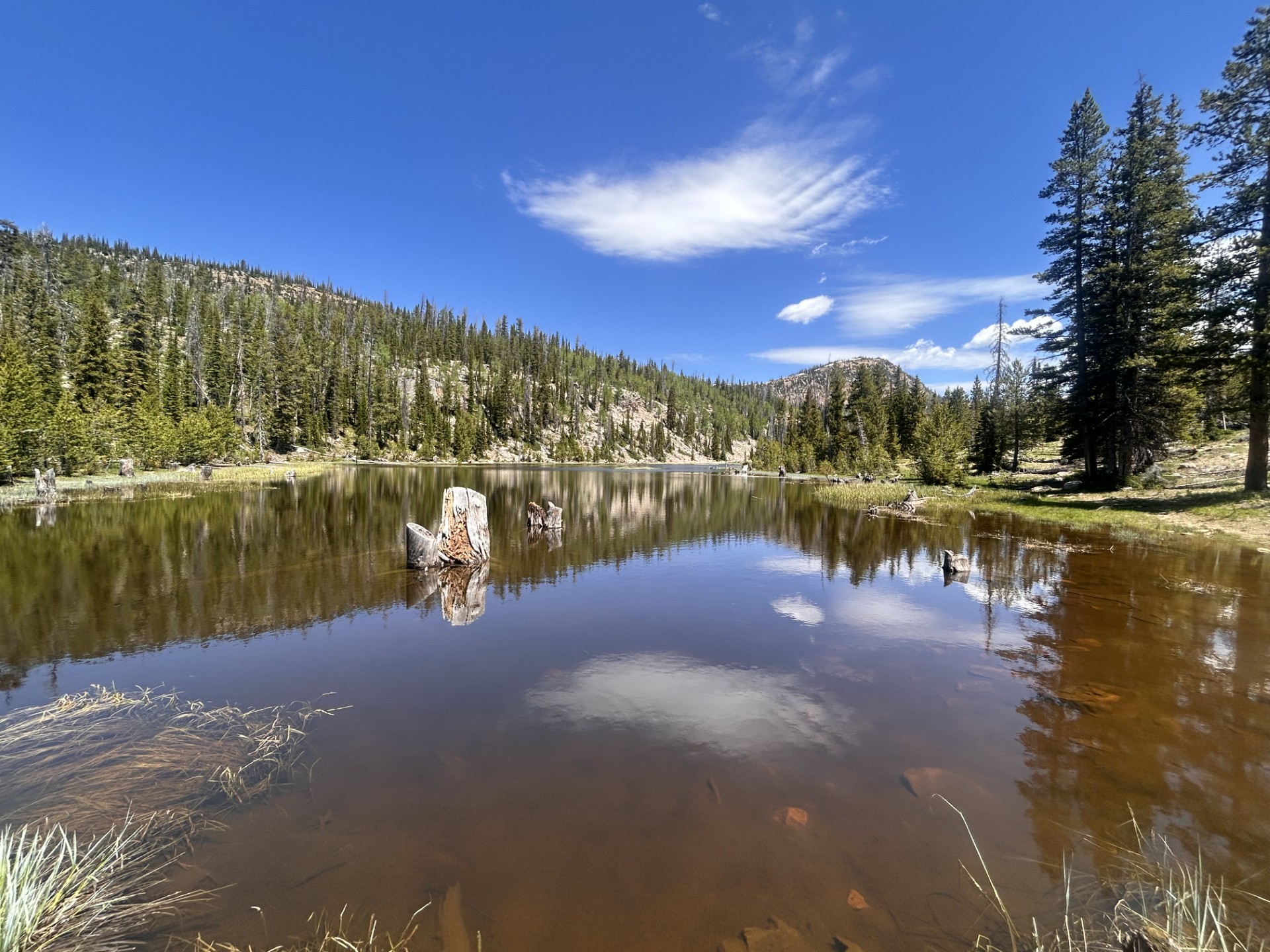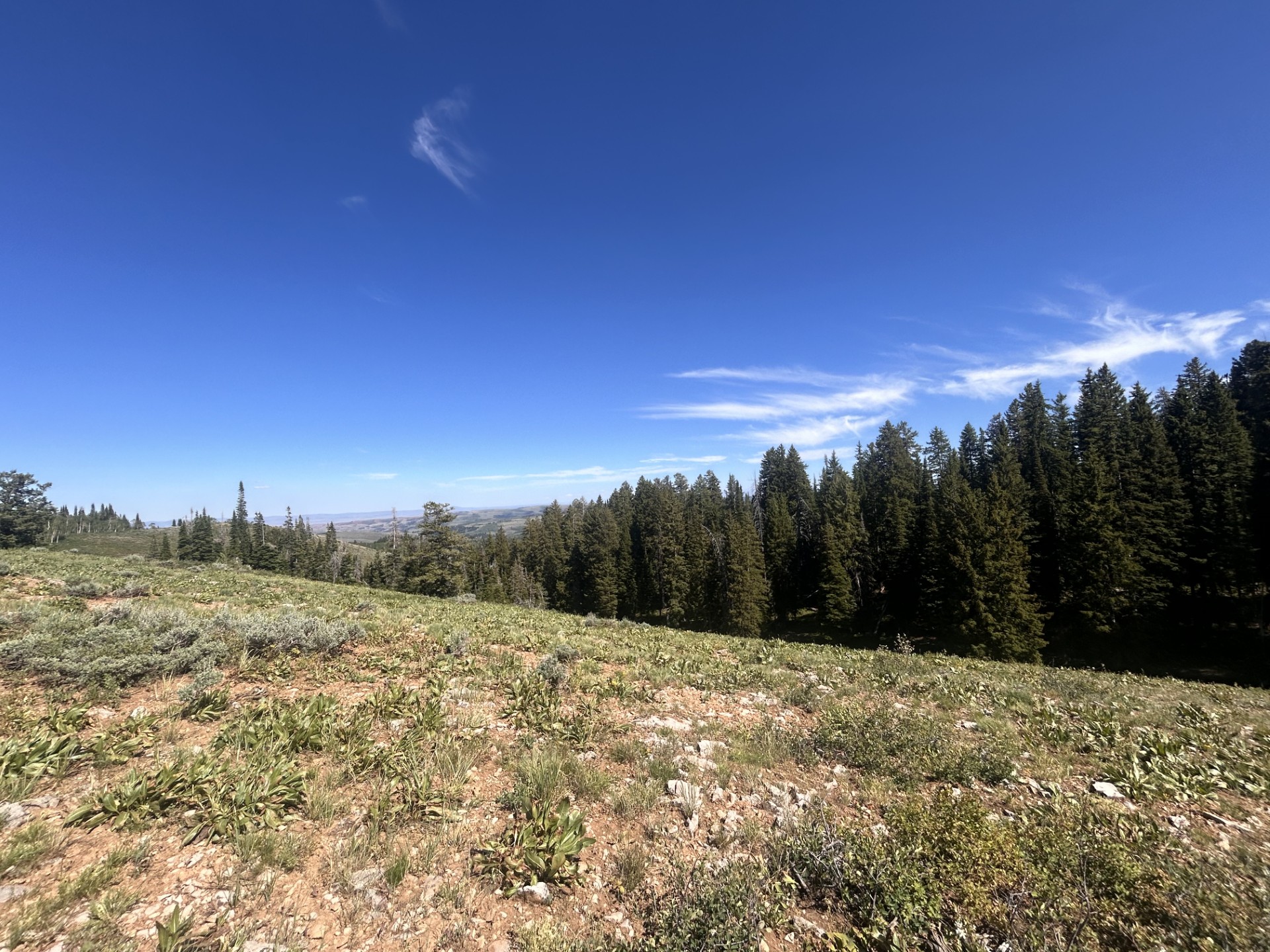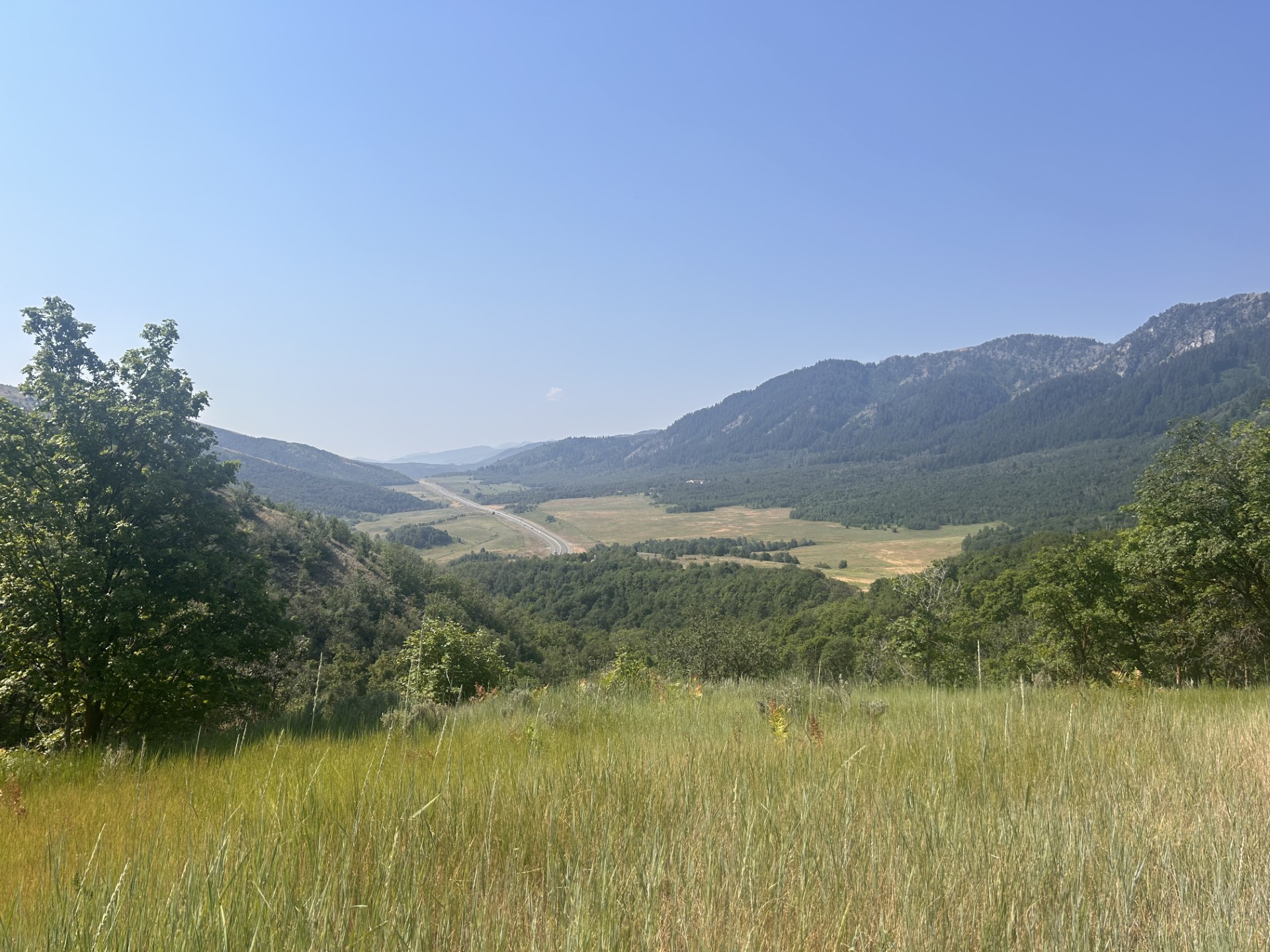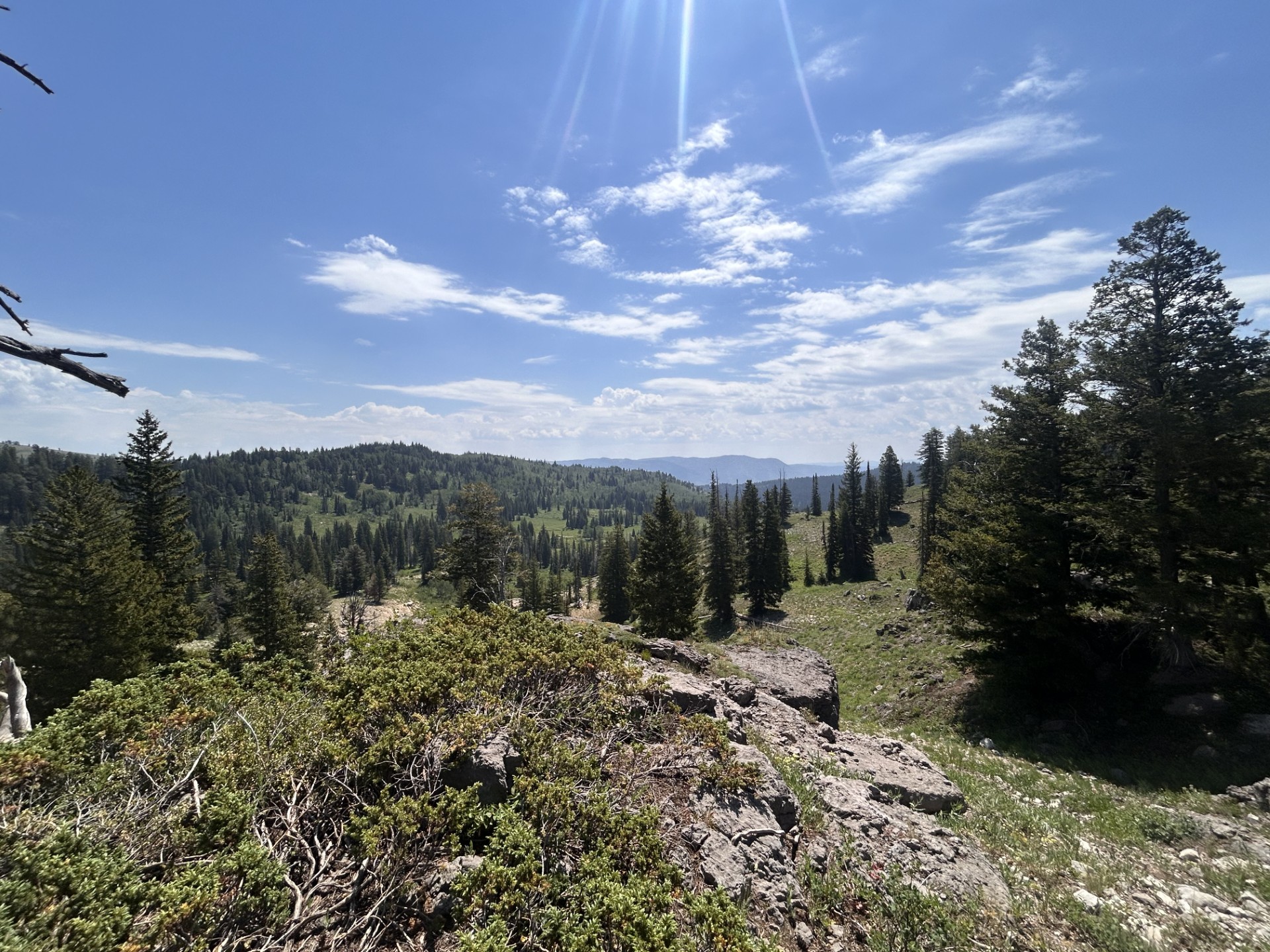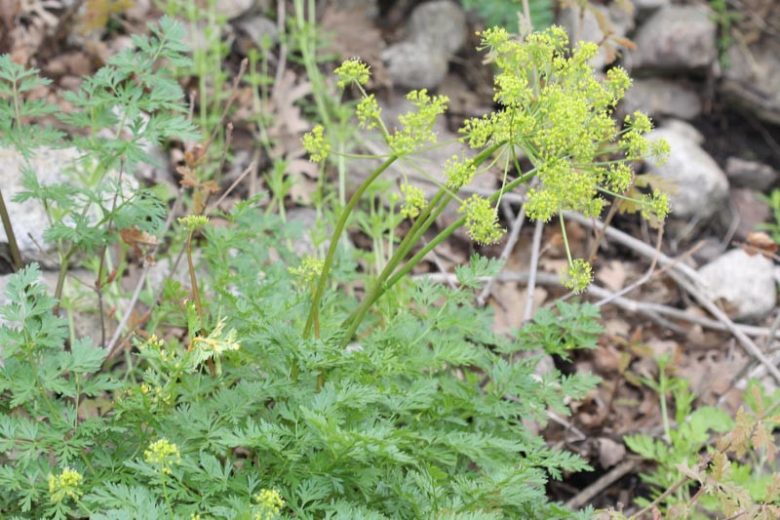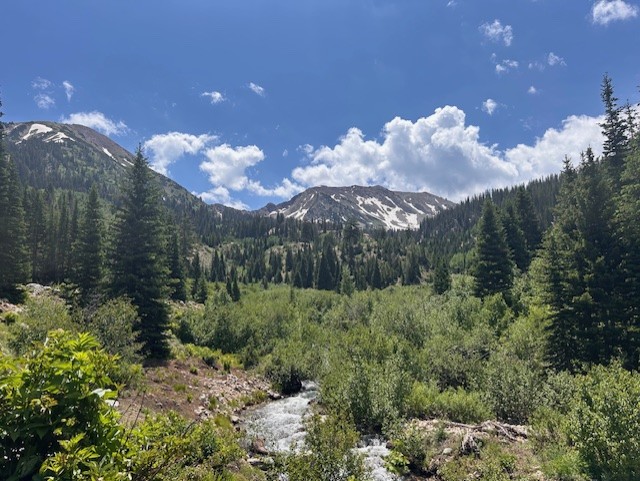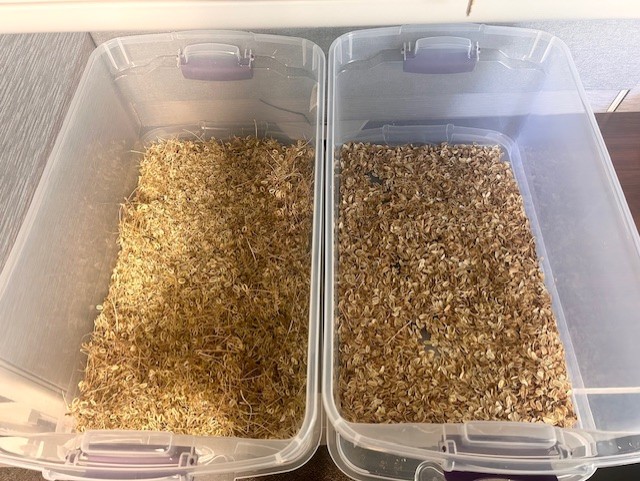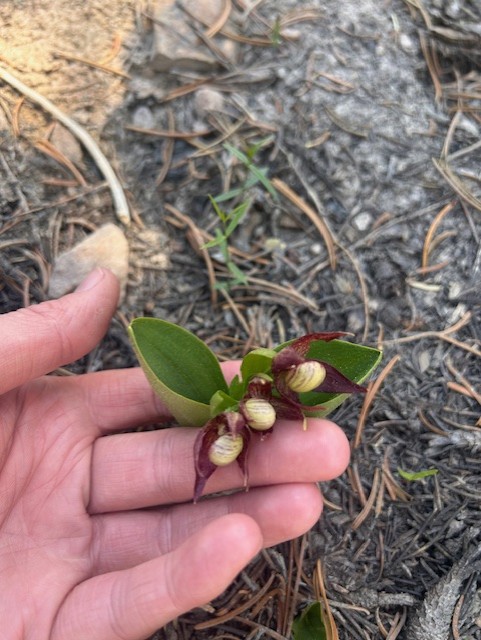Today is my last day as a CLM Seed Collection Intern, and my last day on the forest. To say I am feeling nostalgic would be an understatement. This job has been so fun and rewarding in so many ways! I could write on and on about the experiences that I had, and the things that I will miss the most, but I worry that there isn’t enough time in the world to do all of that. So instead, I comprised a few lists of the things I learned and the things I will miss the most. Enjoy.
Things I will miss:
- First and foremost, MY CO-INTERN! I spent 40 hours a week with her all summer and never got sick of her. Hikes won’t feel the same without her!
- Our truck. She was small, but sturdy- good ole’ reliable.
- The forest. I feel like I know her better now, and she’s still as beautiful as ever to me.
- Sunrises. I never knew what they looked like before this job (sleeping in will be nice though).
- Plants, plants, plants. I can’t believe I got paid to hike all day and look at plants. Life is good.
- My coworkers! FINALLY people who want to talk about plants all day long! They are my kind of people.
- Lastly, feeling like I am making a difference. Restoration work is so important! I want my grandkids to be able to enjoy the great outdoors just like I have. Somebody needs to have the forest’s back, and if not us, then who?
My Favorite Experiences:
- One of the first things we did was a drone survey of Maguire’s Primrose – a plant endemic to a 10 mile corridor on our forest. So dope.
- All of the beautiful mountain lakes we hiked to!
- Finding Lady Slippers – a rare orchid, in our forest. Who knew that orchids grew in non-tropical environments? Not me.
- Beaver trapping. Those little guys are so cute!
- Pesticide applications. ALL WEEDS MUST DIE (especially dyers woad).
- Collaborating with the Weber Basin SOS crew, and finding the biggest mushroom known to man.
- Completing my first large-scale botany survey – the North Zone Aspen Project.
- Collecting Lomatium triternatum– one of our biggest populations, and in the most beautiful location too, on the very top of a mountain peak.
- A mountain lake pesticide application to kill Eurasian Watermilfoil. We used the biggest drone I have ever seen!
- Seeing all of the cute livestock doggos in the mountains.
- Harvesting Milkweed. Go team monarchs!
- Electrofishing. We caught 137 fish in 2 hours!
- Teaching the Weber Basin Job Corp students all about seed collection, and then completing our biggest collection yet with them the next day. We got A LOT of Western Cone Flower seeds – over 45 bags!
Overall, this has been such a rewarding, and fun experience, and I have loved being a part of it!

